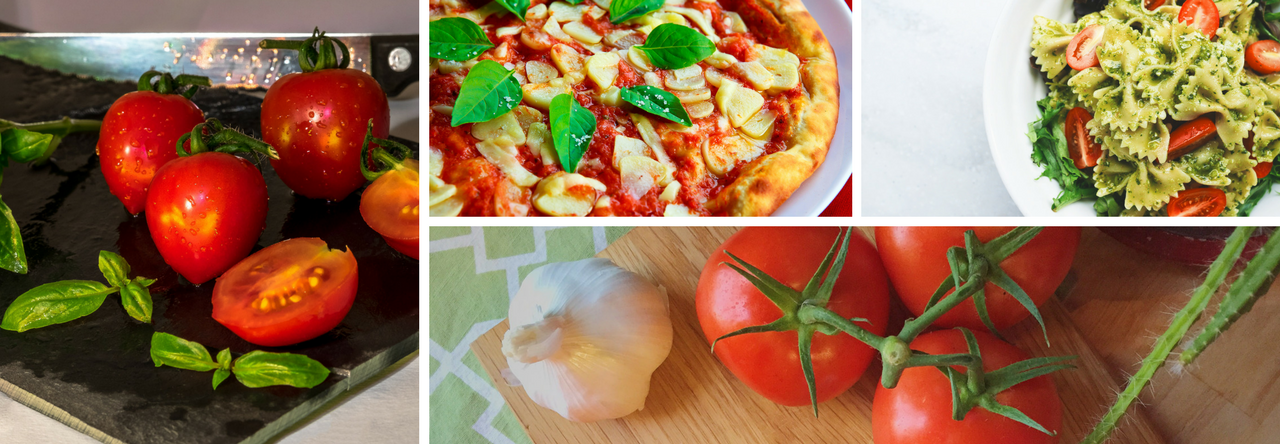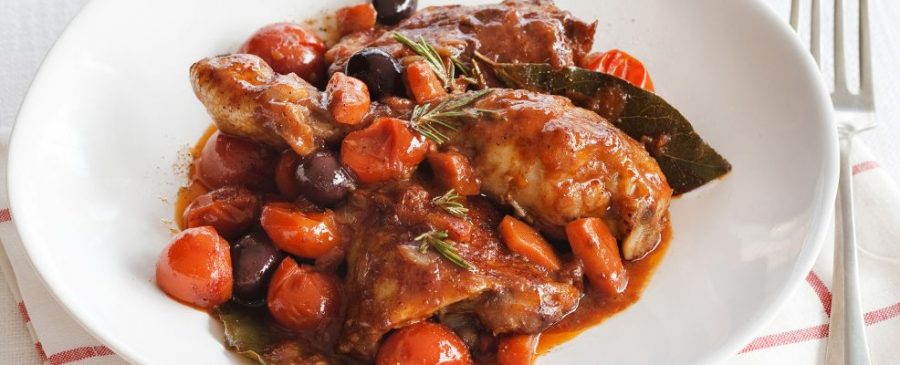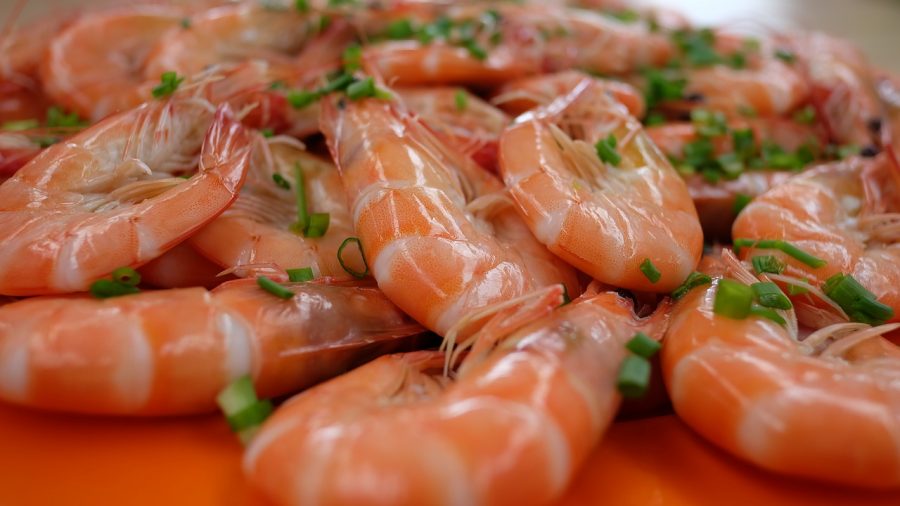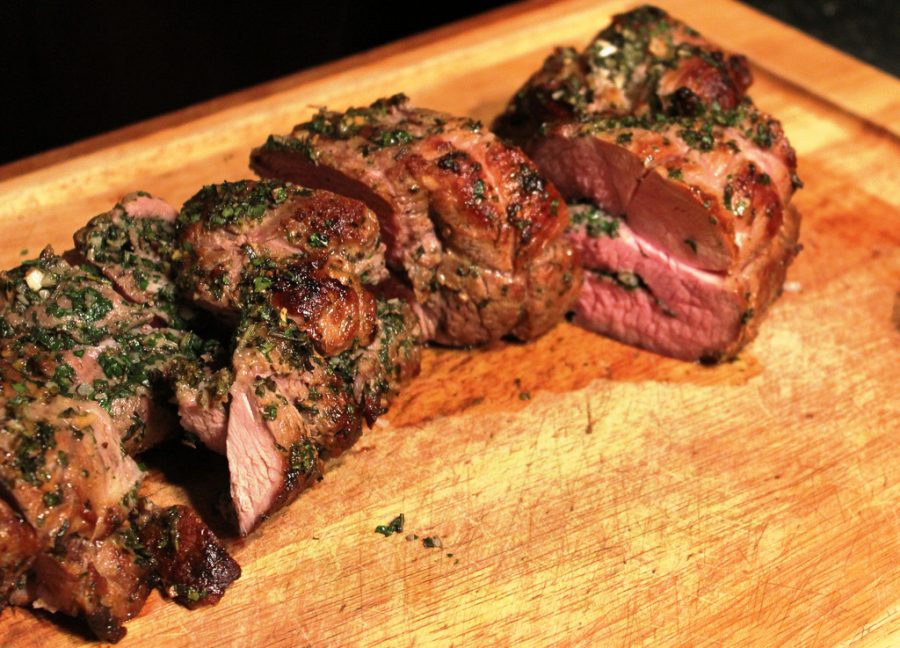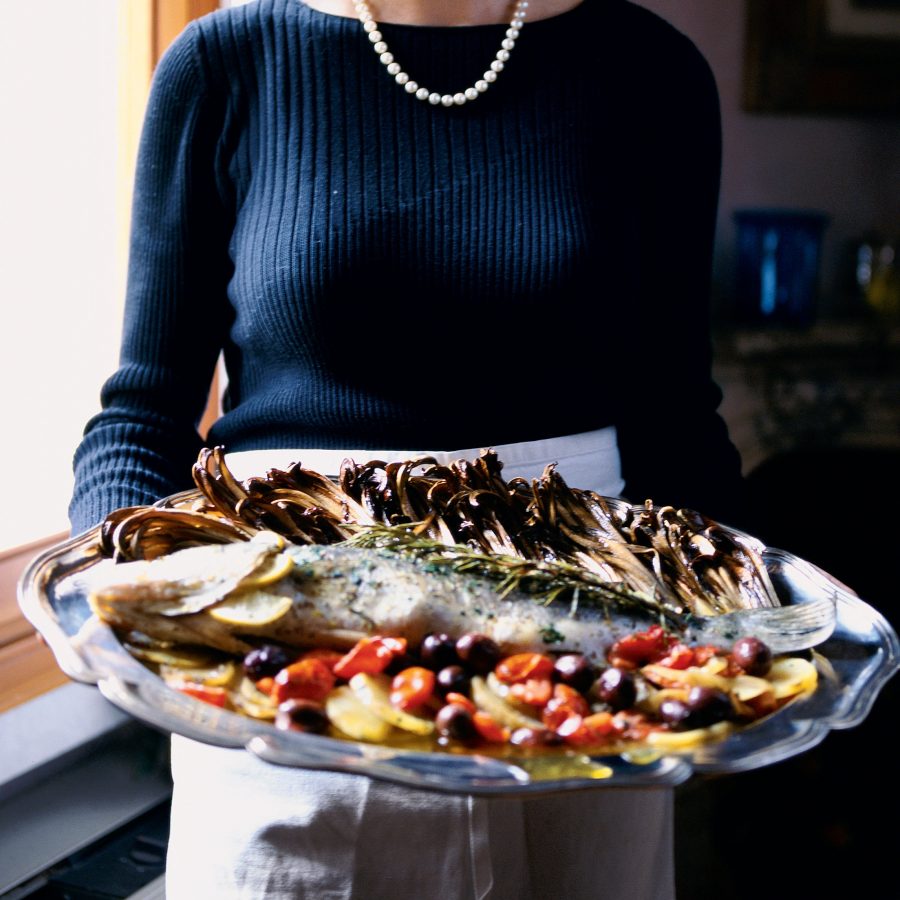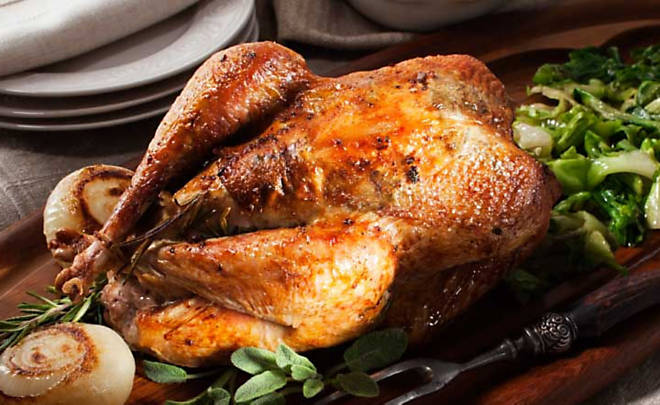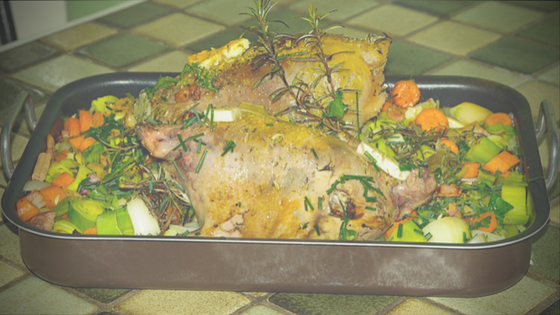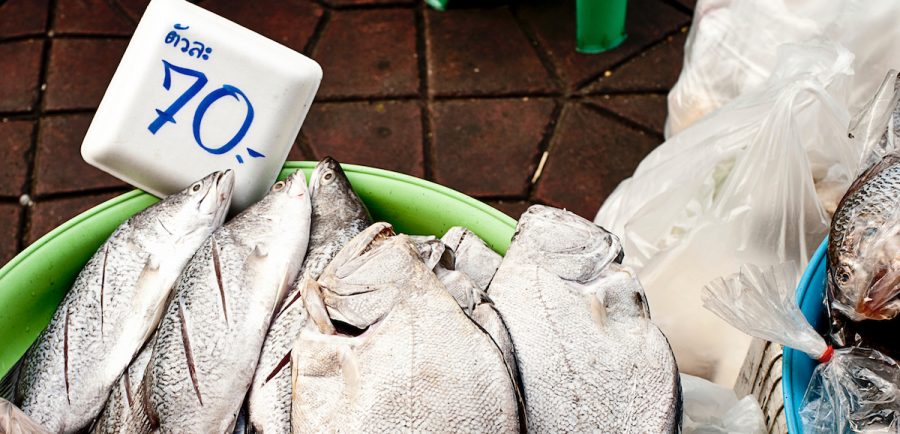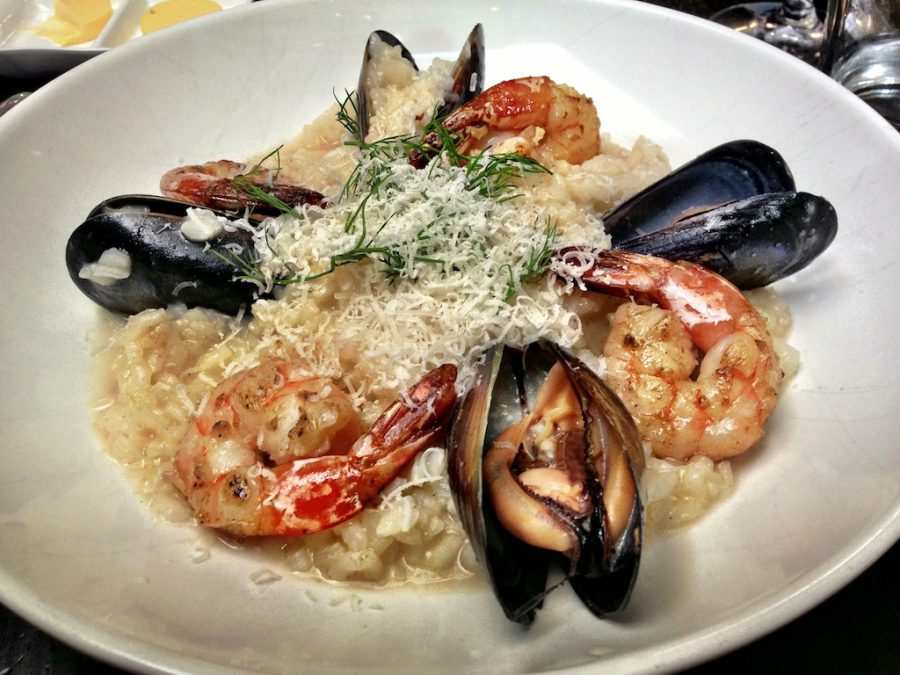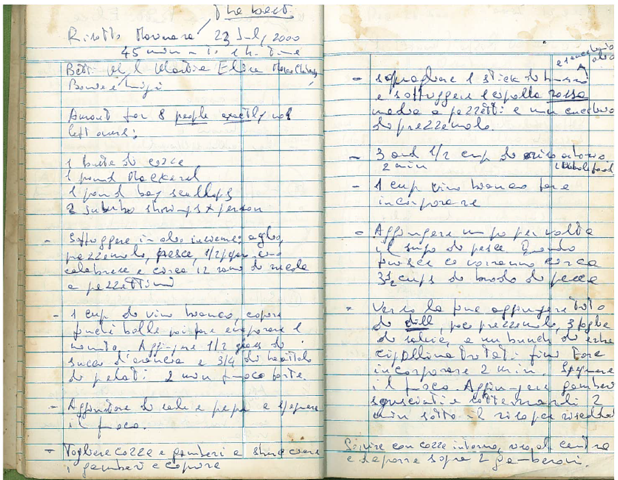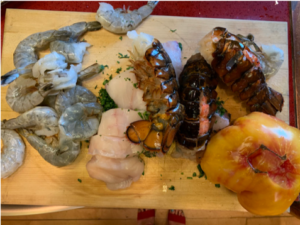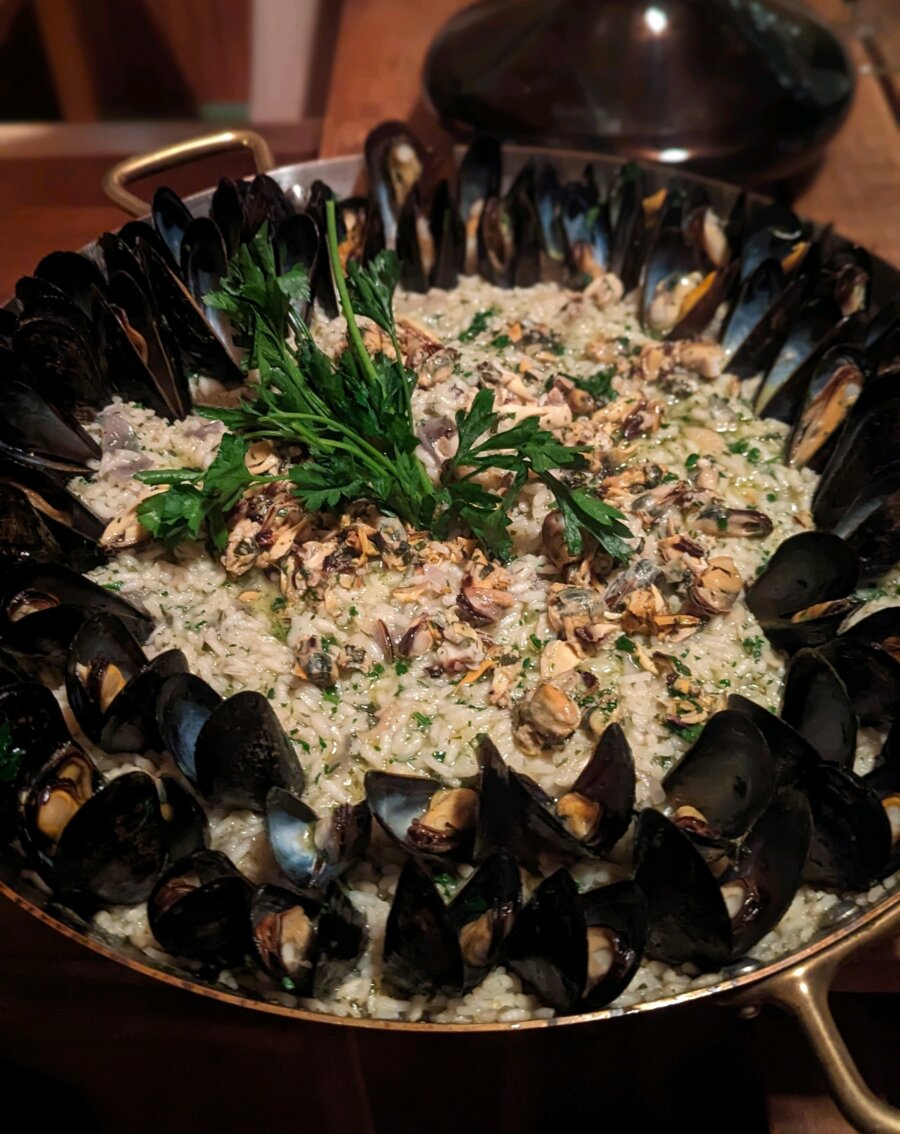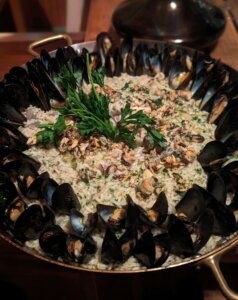Image credit: www.salepepe.it
Pollo alla cacciatora is a delicious, classic Italian recipe that everyone loves, including kids. It’s easy to make, and you can serve it for a dinner party, or just make it at home for a quick, simple dinner. It takes about 30 minutes to prepare.
Ingredients
- 12 chicken drumsticks or legs (thighs and drumsticks) – use organic, free-ranging chicken if you can find them in your area: this recipe is best with great quality chicken
- ½ cup extra virgin olive oil (Italian or a good one from California)
- 3 – 4 leaves of fresh sageor 1 sprig of fresh rosemary (it depends which you have in your house: I always try to have potted rosemary and basil in my kitchen window)
- ½ of a red onion, chopped
- 3 cloves of garlic, peeled and smashed
- 1 box ofPomì chopped tomatoes
- ½ cups of white wine
- Salt and pepper to taste
Preparation
- Combine in a large skillet—so the chicken fits without piling up—the olive oil, smashed garlic cloves, red onion, and the sage or rosemary and put it on medium to medium high heat for only 1 minute.
- Note that the “heat” is a term dependent on your stove. For example, on a small family gas stove, you will use “high,” and on a professional stove, say, a Viking Stove with burners with 20,000 or so BTU, you would use medium. An electric stove, I do not know. So use your best judgment based on the type of stove you have.
- After 1 minute, add the chicken and fry on medium-high heat for another 10 minutes: 5 minutes per side. Pay attention to this part of the cooking process, because this is the part where recipes you find on the Internet or in cookbooks (often written by people who don’t cook) are typically misleading. You want the onion, garlic, and sage/rosemary to cook for only one minute, then add the chicken to the hot skillet. Otherwise, if you cook the onion too long (i.e. until they become soft) and then you add the chicken, the onion will get burnt by the time you finish cooking the chicken! Also, to taste better, the chicken needs to be well-browned (don’t exaggerate!), so don’t move it around in the pan as it browns, and let it “stick” a little bit:
- Let them cook for 5 minutes on each sidewithout succumbing to the temptation to keep flipping them over
- If after the first 5 minutes when you turn them they have not become golden brown, or even a little bit burnt, it means your heat is too low, and you should increase it.
- After the chicken is browned 5 minutes per side, add ½ cup of white wine, and allow it to evaporate for 30 seconds.
- Add the box of chopped Pomì tomatoes.
- Add salt to taste and stir. Cover and lower the heat to medium. Cook for another:
- 10 minutes (5 minutes per side) if you are using only drumsticks
- 20 minutes (10 minutes per side) if you are using the chicken legs.
- Remove from heat and serve with a lot of good, fresh bread.
- Buon appetito!
Suggested Wine Pairing
A Cirò Librandi Red or Rosè, is great with this recipe. If it’s summer time, a fresh Rosé is a wonderful pairing. If it’s winter, a red that’s been open for an hour or two. If you don’t have Cirò, I suggest a Rosso di Montalcino or a Chianti Classico. But honestly, it depends on your mood, because the Pollo alla Cacciatora is also great with a cold, dry white wine like a Gavi.
Italiano: Pollo alla Cacciatora per 6 persone (o 2 affamati)
Il pollo alla cacciatora è una deliziosa ricetta classica italiana che tutti amano, compresi i bambini. È facile da preparare e puoi servirlo per una cena o semplicemente farlo a casa per una cena semplice e veloce. Ci vogliono circa 30 minuti per prepararsi.
Ingredienti
- 12 cosce di pollo o cosce (cosce e cosce) – usa pollo biologico, se riesci a trovarlo nella tua zona: questa ricetta è la migliore con pollo di ottima qualità
- 120 ml di olio extravergine di oliva (italiano o buono della California)
- 3-4 foglie di salvia fresca o 1 rametto di rosmarino fresco (dipende da cosa avete in casa: cerco sempre di avere rosmarino e basilico in vaso nella finestra della mia cucina)
- ½ cipolla rossa, tritata
- 3 spicchi d’aglio, pelati e schiacciati
- 1 scatola di polpa di pomodoro Pomì
- 120 ml di vino bianco
- Sale e pepe a piacere
Preparazione
- 12 gambe di pollo o 6 gambe con cosce. Padella grande che ci stiano tutte le zampe comodamente, non una sopra l’altra.
- Soffriggere in circa 120 ml olio di oliva in una padella grande, 3 spicchi d’aglio schiacciati e mezza cipolla rossa a pezzettini con 3 – 4 foglie di salvia o con un rametto di rosmarino (dipende da cosa avete a casa e cosa vi piace di più). 1 minuto!
- Aggiungere il pollo, soffriggere altri 10 minuti, cinque per lato. Attenzione qui è dove sbagliano in molti-non per colpa loro ma perché le ricette che si trovano su libri e internet sono scritte spesso da gente che non le ha mai cucinate: Primo dovete aggiungere il pollo dopo solo un minuto, perché siccome continuerete a soffriggere pollo aglio e cipolla, se aspettate che la cipolla si ammoscia per mettere il pollo, intanto che cucinate il pollo bruciate la cipolla e l’aglio! Poi perchésia buono il pollo non deve solo indorare deve pure bruciacchiarsi un po’ (poco poco, non esagerate!), perciò non bisogna muoverlo, cinque minuti per lato fuoco medio/forte, padella scoperta.
- Aggiungere 120 ml di vino bianco, fare evaporare 30 secondi e aggiungere 1 scatolo di pelati (Pomìa pezzetti, chopped), aggiungere sale, coprire abbassare il fuoco a medio. Cucinare per 10 minuti (5 minuti per lato) se sono solo gambe (drumsticks) oppure 20 minuti (10 minuti per lato ( se avete gambe e cosce, drumsticks and thighs).
- Spegnere il fuoco e servire con tanto buon pane fresco.
Vino: un Cirò Librandi ci sta benissimo, se è estate un Rosè fresco, se è inverno un Rosso aperto almeno un’ora prima, meglio due. Se non avete il Ciro, suggerirei un Rosso di Montalcino o un Chianti Classico. Ma sinceramente, dipende dall’umore perché con il pollo alla cacciatora anche un bianco secco, e freddo, un Gavi per esempio, ci sta a meraviglia.

